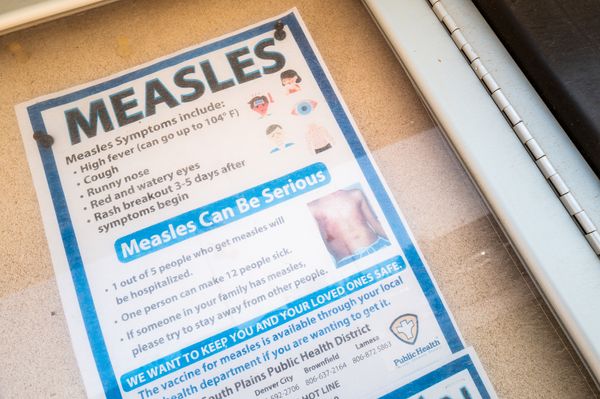
An invasion of giant African land snails has alarmed residents in south Florida, where authorities have established a quarantine area to try to deal with the destructive pests.
The invasive snails have voracious appetites and consume at least 500 species of plants, according to Florida’s department of agriculture, which is fearful for the state’s lucrative growing industries of citrus and other fruits and vegetables.
In response, it has set up a “treatment area” covering several dozen blocks of the city of Miramar, south-west of Fort Lauderdale, and is warning residents that the slimy creatures also pose a serious health risk to humans by carrying the rat lungworm parasite, known to cause meningitis.
Under the quarantine order, the department says it is unlawful “to move a giant African land snail or a regulated article, including, but not limited to, plants, plant parts, plants in soil, soil, yard waste, debris, compost or building materials”.
It intends to spray the area with the chemical snail bait metaldehyde, which is approved for residential use.
The snails are illegal to import or possess in the US without a permit, and authorities have been trying for years to eradicate them. They can damage buildings, as well as destroying crops, and in some quarters are even considered a delicacy.
In March, customs officers in Detroit intercepted a traveler from Ghana trying to smuggle six snails into the country in a suitcase.
In one of the biggest outbreaks, officials in Miami-Dade discovered almost 150,000 snails in more than two dozen separate areas of the county in 2014, many clinging to houses, eating plaster and stucco to gain calcium for their shells, and eating their way through gardens.
Invasions have occurred in other areas of Florida on an almost annual basis since. Pasco county was placed under quarantine last June after more than a thousand of the snails, which can produce up to 2,500 eggs a year, were discovered in New Port Richey.
Experts believe the snails first arrived in Miami in 1966, and numbers swelled to almost 18,000 within six years. According to an ABC News report, the species was declared eradicated twice in Florida, in 1975, and again in 2021.
“The primary danger is that they’re voracious plant eaters, so they can do an awful lot of damage to both landscapes and to agriculture,” the University of Florida entomologist William Kern told Miami’s Local 10 news station.
“If the snails crawl on uncooked vegetables, you can have a problem with it getting a human infection. With any invasive species, if you find it early, you may be able to control it or eliminate it.”
• This article was amended on 24 June 2023 to remove a reference to “female” giant African land snails; they are hermaphroditic, having both male and female reproductive organs.







